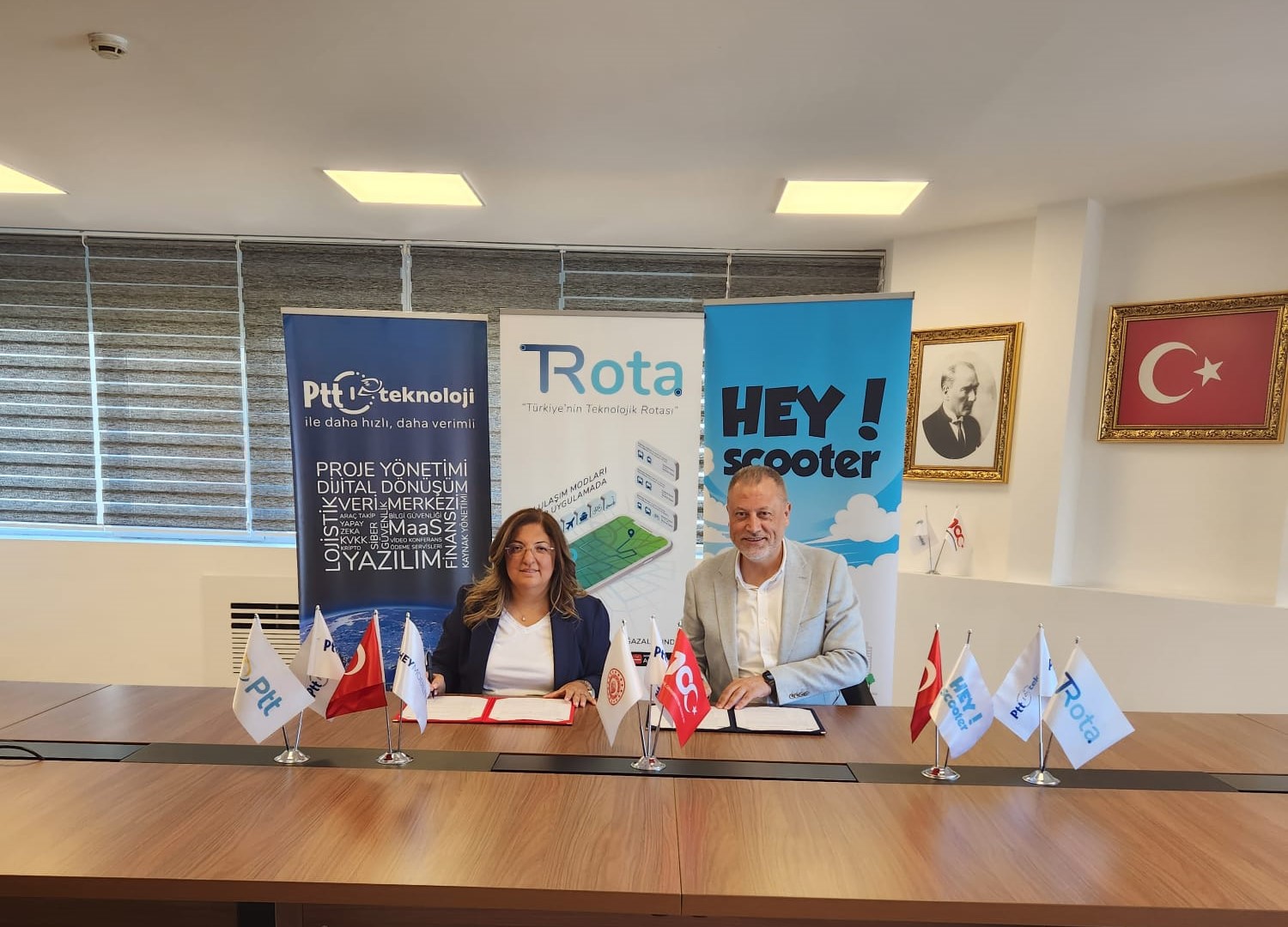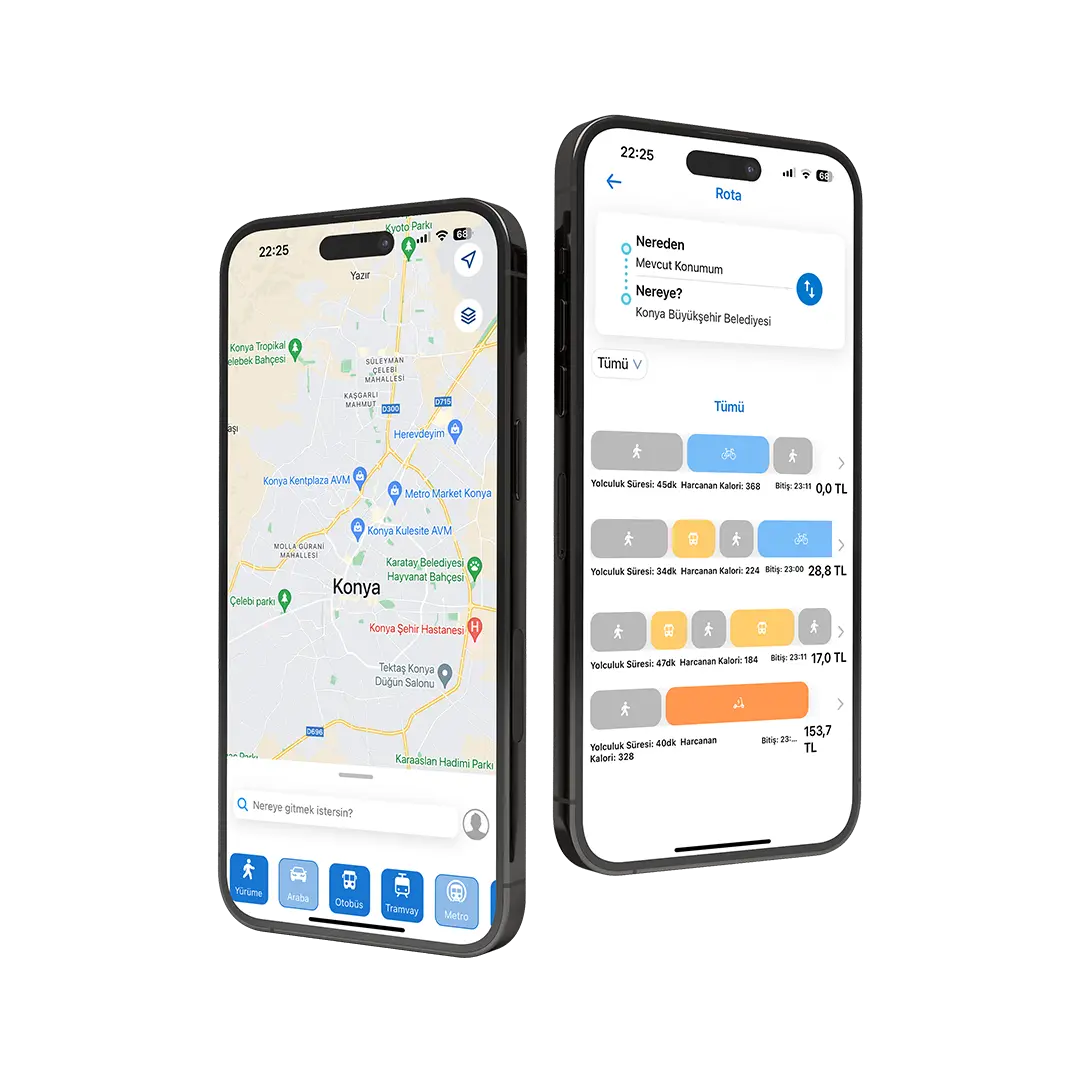Merhaba! Bugün, 11 Temmuz Dünya Nüfus Günü. Bu vesilesiyle, nüfus artışının ulaşım sistemlerine etkilerini ele almak istedik.
Dünya nüfusu hızla büyüyor ve bu durum, geleneksel ulaşım modellerinin sınırlarını zorluyor. Ancak, “Mobility as a Service” (MaaS) gibi yenilikçi çözümler, nüfus artışının getirdiği zorluklarla başa çıkmak ve daha sürdürülebilir bir gelecek inşa etmek için umut verici bir potansiyele sahip. Bu yazıda, MaaS’ın nüfus ve ulaşım arasındaki ilişkiyi nasıl dönüştürdüğünü keşfedecek ve TRota’nın bu alanda oynadığı rolü ele alacağız.
- Nüfus Artışı ve Ulaşım Zorlukları
Dünya nüfusu hızla artıyor ve bu ulaşım sistemlerinde ciddi zorluklara neden oluyor. Ülkemizde de artan nüfus özellikle büyük şehirlerde ulaşım sistemleri üzerindeki yükü artırıyor. Yoğun trafik, uzun yolculuk süreleri, toplu taşıma için uzun bekleme süreleri, artan hava kirliliği gibi sorunlar, geleneksel ulaşım yöntemlerini sınırlı hale getiriyor. Nüfus artışıyla birlikte, insanların mobilite ihtiyaçları da artıyor ve daha esnek, erişilebilir ve sürdürülebilir ulaşım çözümlerine olan talep artıyor. İşte bu noktada MaaS uygulamaları devreye giriyor.
- Mobility as a Service (MaaS) Nedir?
Mobility as a Service (MaaS) yani Hizmet Olarak Hareketlilik, kullanıcıların farklı ulaşım modlarını tek bir dijital platform üzerinden planlamasına, rezervasyon yapmasına ve ödemelerini gerçekleştirmesine olanak tanıyan bir konsepttir. MaaS toplu taşıma, taksi hizmetleri ve paylaşımlı araçlar (elektrikli scooter, elektrikli bisiklet vb.) gibi çeşitli ulaşım seçeneklerini bir araya getirerek kullanıcılara kapsamlı bir ulaşım deneyimi sunar. Bu platformlar, kullanıcıların ihtiyaçlarına göre en uygun rotaları ve ulaşım modlarını önererek zaman, para ve çevresel etkiler açısından avantajlar sağlar.
- MaaS ve Sürdürülebilir Mobilite
MaaS, sürdürülebilir hareketlilik için önemli potansiyele sahiptir. Nüfus artışıyla birlikte artan hareketlilik ihtiyacı ve hususi araç sayısı, trafik sıkışıklığına ve hava kirliliğine yol açmaktadır. MaaS sayesinde bireylerin toplu taşıma, bisiklet veya yürüyüş gibi daha sürdürülebilir ulaşım seçeneklerini tercih etmeleri teşvik edilir. MaaS platformları, kullanıcıların çevre dostu ulaşım modlarını seçmelerini kolaylaştırarak, karbon salınımını azaltmaya ve şehirlerin daha temiz ve yaşanabilir olmasına katkı sağlar.
- TRota: Nüfus Artışını Yönetmek İçin Bir MaaS Uygulaması
TRota, Türkiye’nin ilk yerli ve milli, 2. Seviye MaaS uygulaması olacaktır. TRota, kullanıcılarına geniş bir ulaşım seçeneği yelpazesi sunarak, toplu taşıma, paylaşımlı araç ve daha fazlasını tek bir uygulamada bir araya getirecektir. TRota’nın akıllı algoritması, kullanıcının tercihlerini ve ihtiyaçlarını analiz ederek hızlı, ekonomik, çevreci ve kısa ulaşım rotalarını önerir. Bu sayede kullanıcılar daha kısa sürede, daha çevreci ve daha verimli bir şekilde seyahat edebilir, karbon ayak izi azalır.
11 Temmuz Dünya Nüfus Günü’nde, TRota olarak, MaaS’ın nüfus artışı ve sürdürülebilir mobilite arasındaki ilişkiyi nasıl dönüştürdüğünü ele aldık. Nüfus artışı ve buna bağlı olarak artan hareketlilik ihtiyacı ulaşım sistemlerinin sınırlarını zorlarken, MaaS çözümleri daha sürdürülebilir, entegre ve kişiselleştirilmiş ulaşım deneyimleri sunar. TRota olarak, kullanıcılarımıza daha iyi bir ulaşım deneyimi sunmak ve nüfus artışının getirdiği zorluklarla başa çıkmak için sürekli olarak yenilikçi çözümler geliştirmeye devam ediyoruz. Daha fazla bilgi için sitemizdeki tüm yazıları okuyabilir, uygulamamız yayınlandığında size bilgi verebilmemiz için formu doldurabilir ve sürdürülebilir mobiliteye katkıda bulunabilirsiniz!
Dünya Nüfus Günü
Birleşmiş Milletler Kalkınma Programı (UNDP) tarafından, 1989 yılında dünya nüfusunun 5 milyar insana ulaştığı tarih olan “11 Temmuz 1987” tarihi “Dünya Nüfus Günü” olarak kabul edilmiştir. Bu özel günde Birleşmiş Milletler Nüfus Fonu (UNFPA) tarafından her yıl nüfusun önemli konularına dikkat çekilerek nüfus ve kalkınma konularında farkındalık oluşturmaya yönelik çalışmalar yapılmaktadır.
Dünya nüfusunun 1999 yılında 6 milyara, 2011 yılında 7 milyara ve 2022 yılında 8 milyara ulaştığı tahmin edilmektedir. Birleşmiş Milletler nüfus tahminlerine göre 2022 yılında en fazla nüfusa sahip ülke, 1 milyar 425 milyon 887 bin 337 kişi ile Çin olurken, bu ülkeyi 1 milyar 417 milyon 173 bin 173 kişi ile Hindistan, 338 milyon 289 bin 857 kişi ile Amerika Birleşik Devletleri izledi. Bu üç ülke dünya toplam nüfusunun %39,9’unu oluşturdu.
Türkiye, 85 milyon 279 bin 553 kişi nüfusu ile nüfus büyüklüğüne göre 194 ülke arasında 18. sırada yer alırken, dünya toplam nüfusunun %1,1’ini oluşturdu.
Kaynak:












